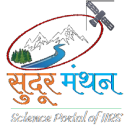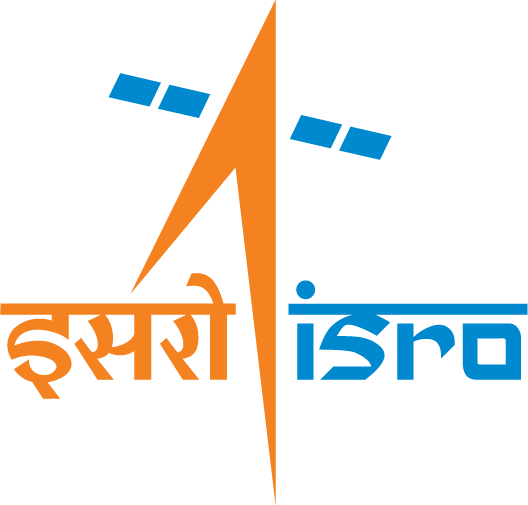Fog is a visible aggregate of water droplets suspended in the air which reduces the visibility at ground level. Depending on the concentration of water droplets in the air, the visibility may range from the appearance of haze to almost zero visibility. As per the International meteorological vocabulary, the low visibility conditions shall come under foggy conditions when the visibility reduces to less than 1000 meters. As the fog base touches the ground, the fog is also called clouds sitting on the ground. Due to low visibility, fog has a severe socio-economic and environmental impact. It obstructs air, road, and sea traffic. Every year, many people lose their lives in road accidents due to low visibility on highways. Fog also delays the dissipation of the temperature inversion, which leads to a reduction in air quality due to the trapping of air pollutants in the stable boundary layer. The presence of fog also alters the radiation budget of the earth and thus plays an important role in climate change studies. Apart from its negative impacts, fog also acts as a source of water in several areas. The Redwood forests receive about 40% moisture from coastal fog. Along many African coastal areas, the main source of water is wet fog for some animals. Fog is also supplying moisture to arid ecosystems.
Fog formation occurs primarily in the lower troposphere, where aerosols and gases are abundant. The most prevalent fog type, radiation fog, frequently forms during winter, is formed due to radiation cooling, when the air reaches its dew point, i.e. when the air cools to a temperature that allows the water vapor to condense into water droplets. At the dew point or saturation point, the air contains the maximum possible amount of water vapor at a given temperature and pressure. At this saturation point, condensation nuclei, the surfaces present in air on which water vapor can condense (smoke, dust, salt from the ocean, etc.), aid in fog formation by the condensation of water vapor on it. The important preconditions that are considered to be conducive to fog formation are water vapor (precipitable water), the presence of cloud condensation nuclei, and low air temperature.
Ground-based fog detection is based on point-based visibility information provided by the meteorological stations. Due to the sparse nature of these observations, only limited studies can be done using in-situ data and the true extent of fog cannot be determined. The interpolation of these point-based measurements to get a spatial coherent picture of fog is not feasible as fog is not a consistent and continuous phenomenon, making interpolation difficult . As a result, due to their greater spatial and temporal coverage, satellite-based observations are required to continuously monitor the spatial and temporal extent of fog over a large area.

INSAT-3D retrieved Fog images on (a) January 2, 2024 at 1700 hrs, (b) January 3, 2024 at 0300 hrs, (c) January 3, 2024 at 0630 hrs and (d) January 3, 2024 at 1100 hrs.
One of the most important characteristics of satellite images is brightness. In visible imagery, it is determined by the albedo of the underlying surface. Clouds and snow, which reflect light well, appear white as opposed to land and sea, which appear darker. Other than snow-covered areas, fog has higher albedo as compared to land. As a result, the fog area appears brighter than the ground in the visible channel. Additionally, the texture of fog is smoother than that of other clouds, which aids in the differentiation between fog and other clouds or snow. For night, dawn, and dusk timings, there are separate methods for fog detection from satellite observations. Moreover, for temporally continuous fog monitoring, geostationary satellite data with high temporal resolution is essential.
References:
Che, H.C., Zhang, X.Y., Zhang, L., Wang, Y.Q., Zhang, Y.M., Shen, X.J., Ma, Q.L., Sun, J.Y., Zhong, J.T., 2017. Prediction of size-resolved number concentration of cloud condensation nuclei and long-term measurements of their activation characteristics. Scientific Reports 7, 5819. https://doi.org/10.1038/s41598-017-05998-3
Gultepe, I, Tardif, R., Michaelides, S.C., Cermak, J., Bott, A., Bendix, J., Müller, M.D., Pagowski, M., Hansen, B., Ellrod, G., Jacobs, W., Toth, G., Cober, S.G., 2007. Fog Research: A Review of Past Achievements and Future Perspectives. Pure and Applied Geophysics 164, 1121–1159. https://doi.org/10.1007/s00024-007-0211-x
Wanner, H., Kunz, S., 1983. Klimatologie der Nebel- und Kaltluftkörper im Schweizerischen Alpenvorland mit Hilfe von Wettersatellitenbildernl. Archives for Meteorology, Geophysics, and Bioclimatology Series B 33, 31–56. https://doi.org/10.1007/BF02273989



